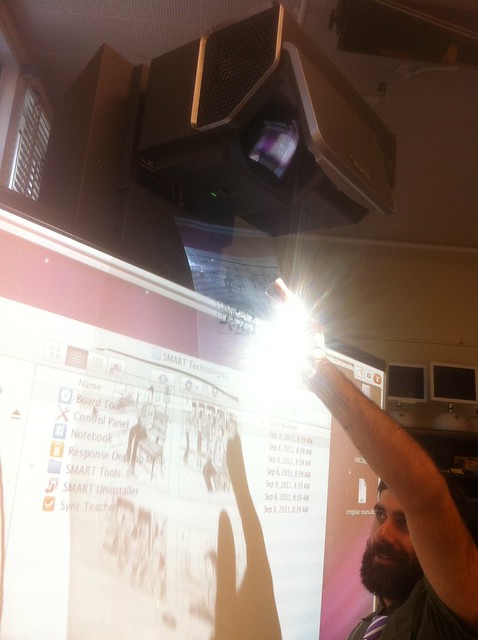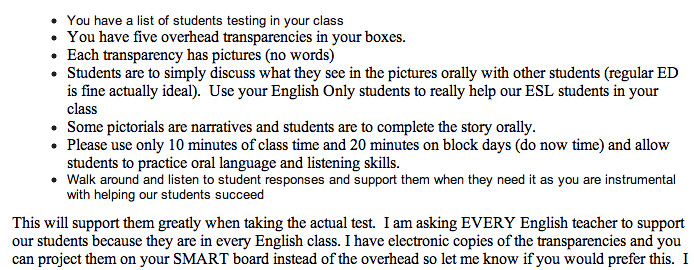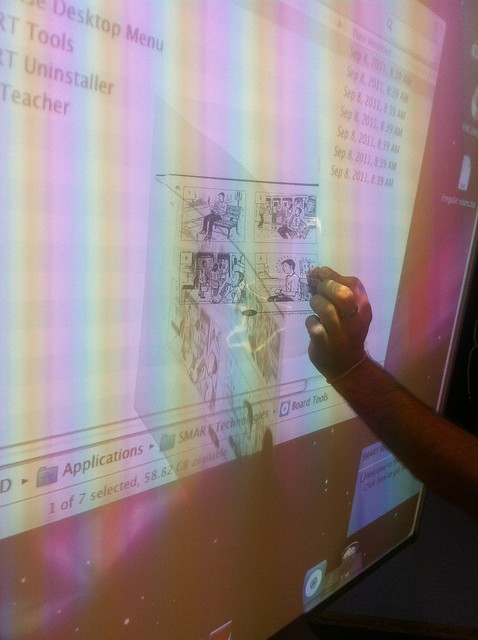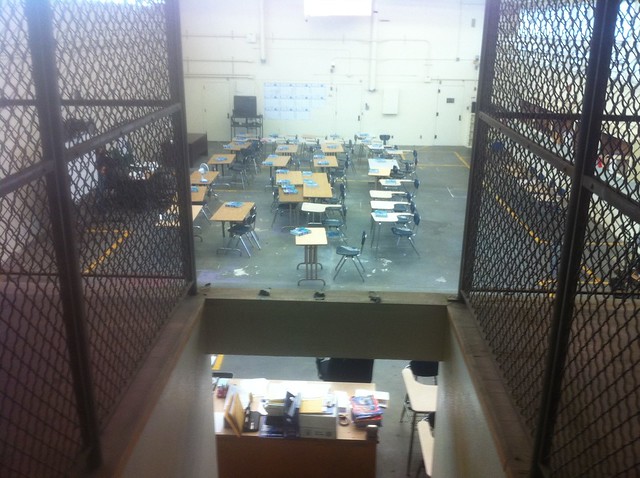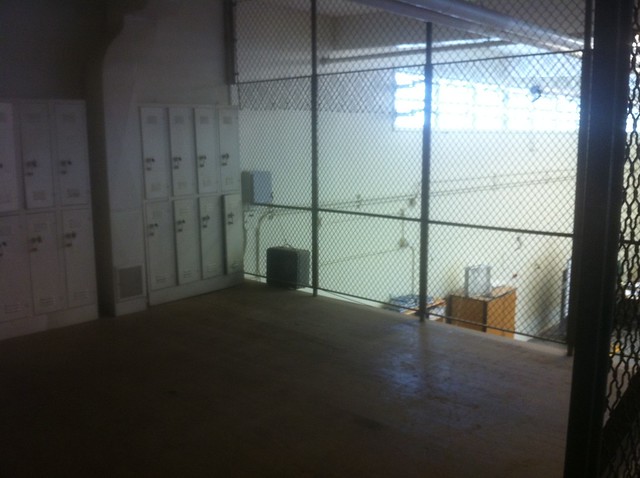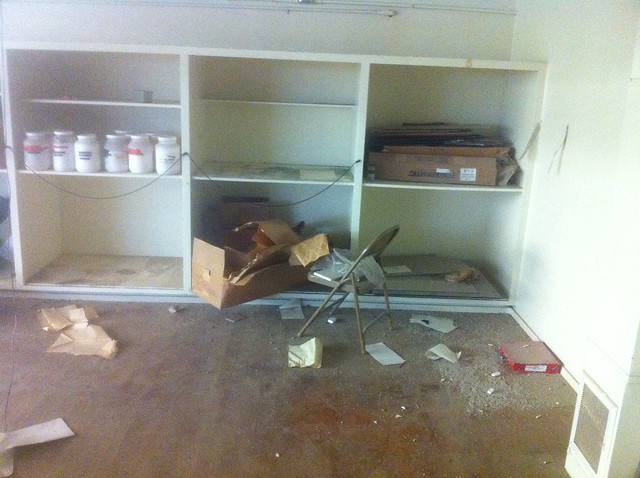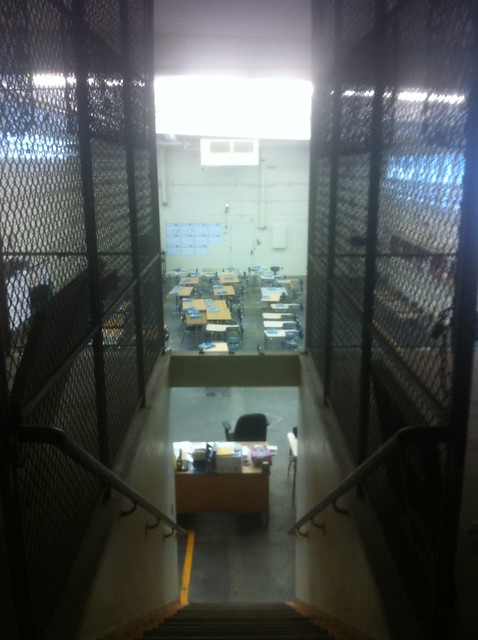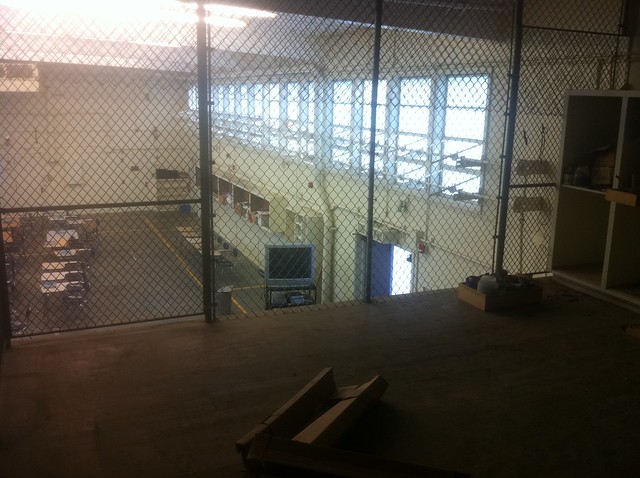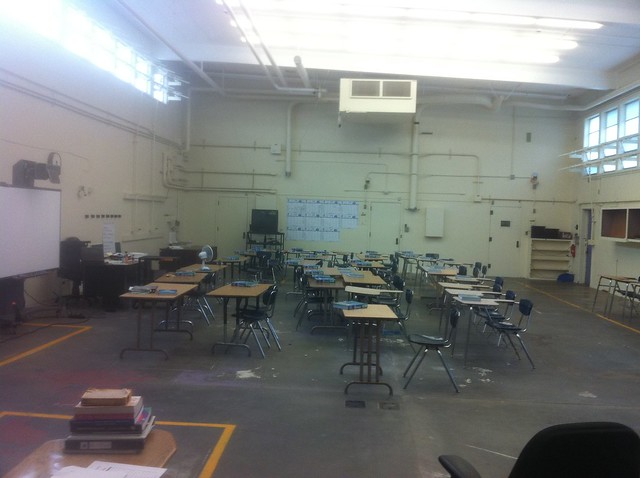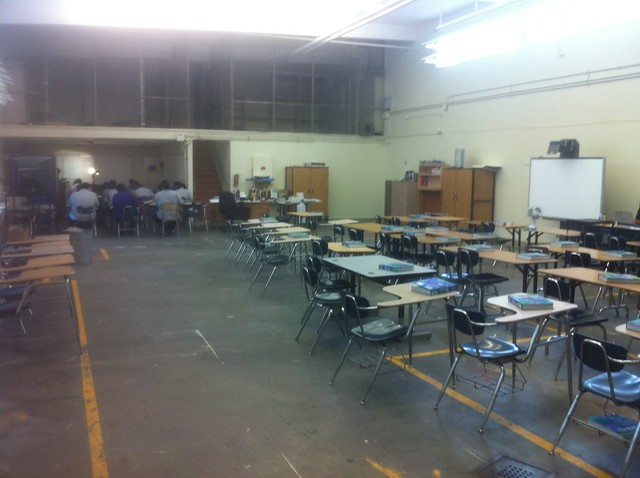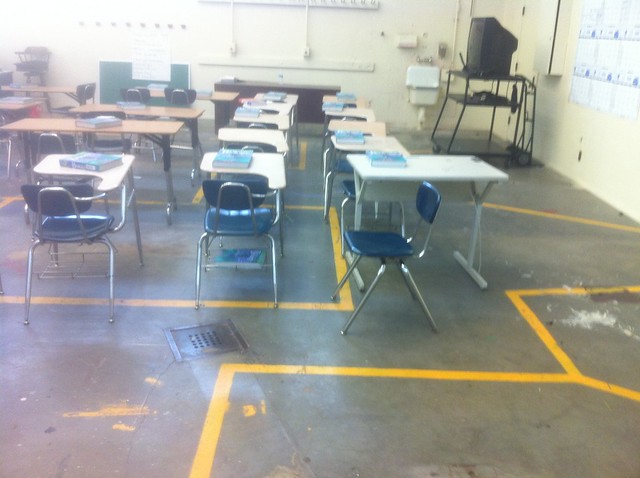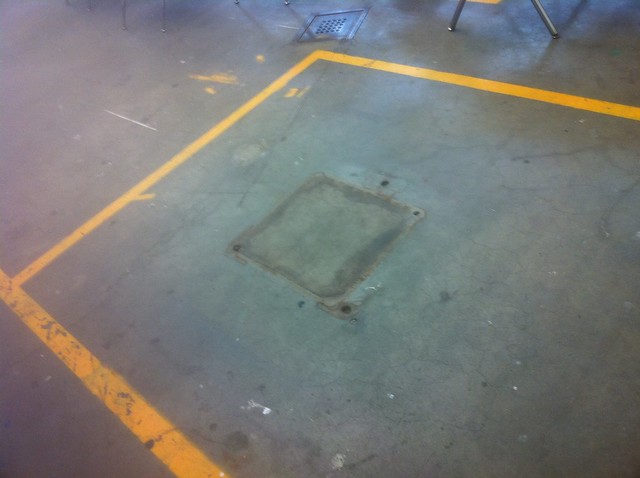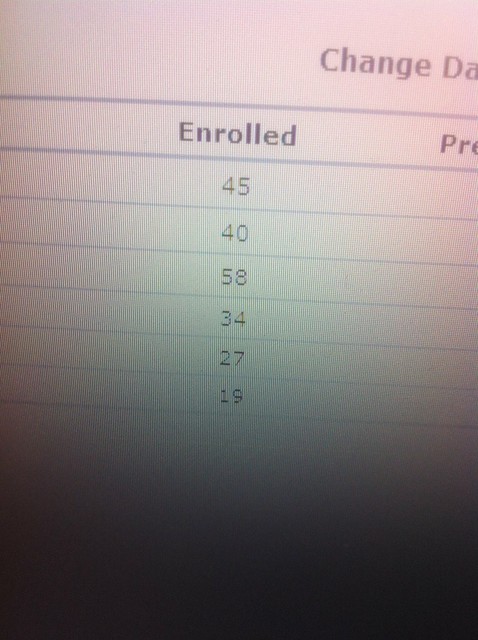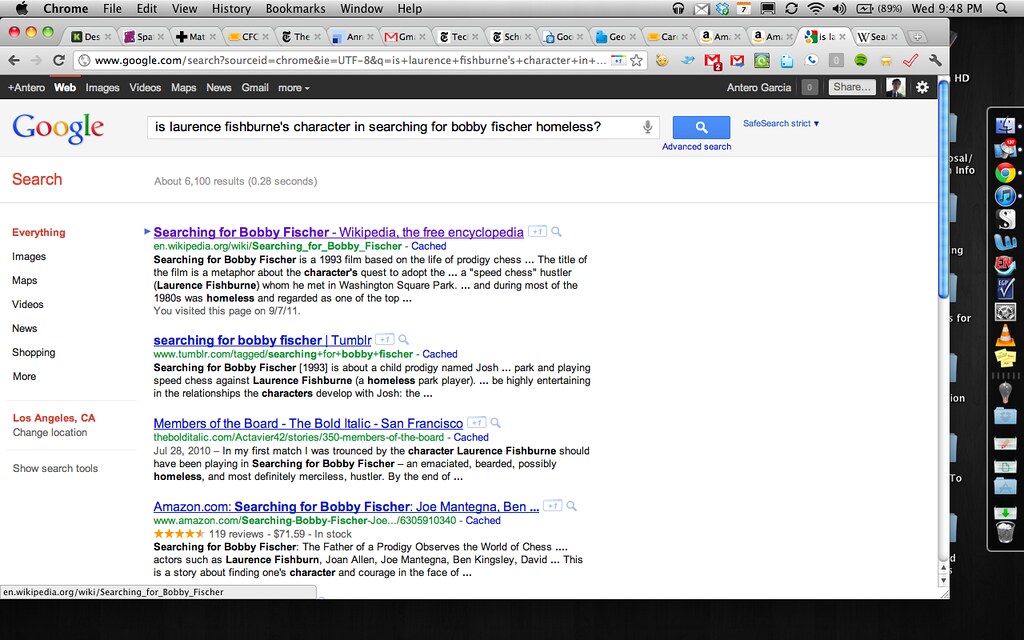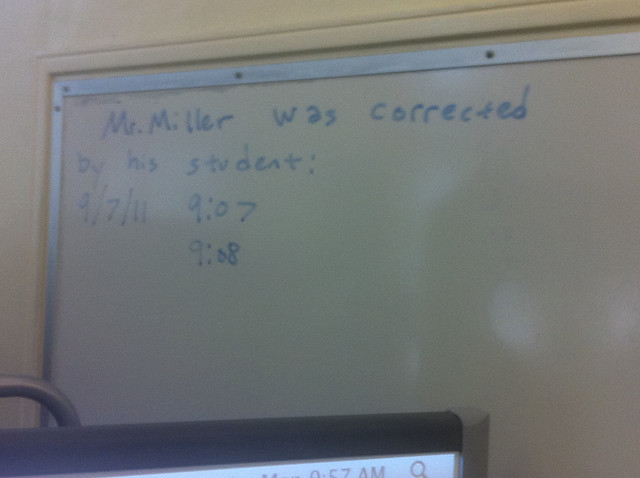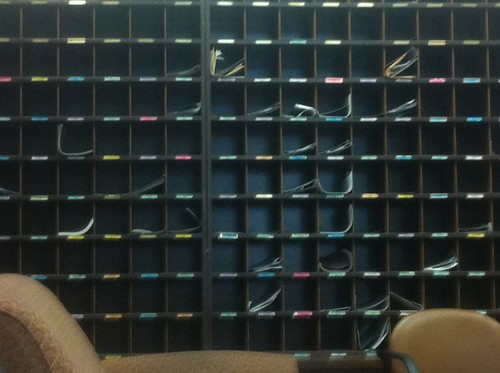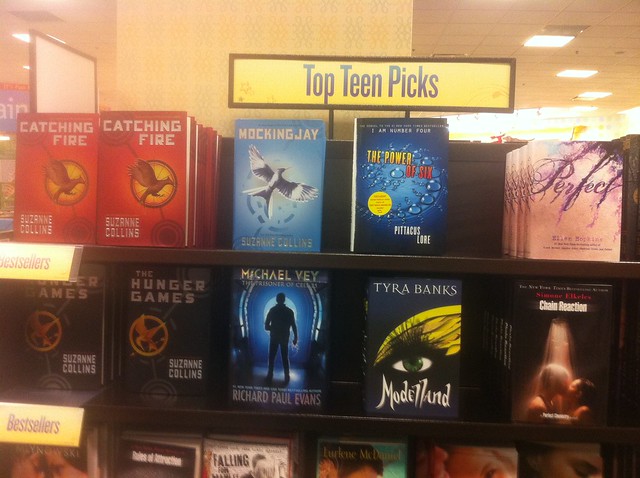
As the new school year begins, I’ve been catching up on young adult literature; being a teacher gives me an excuse to put down hefty literary tomes and cerebral collections of literature and jump into visits to Hogwarts, Paradise, Ohio, or Forks, Washington.
Last week I raced through the second book in the Lorien Legacies series, The Power of Six. I’m also in the midst of The Knife of Never Letting Go (book one of the Chaos Walking trilogy). I’m eagerly anticipating the final book in the Maze Runner series coming out in October, The Death Cure. During my daily commute to school, I’m listening to the Emerald Atlas.
And the good thing is, these are all largely popular series. By many accounts, the myth that the current generation of students is turning into illiterate buffoons is being debunked. Reports are showing that these students are reading more, not less, than other generations. And fears of a crumbling book industry–Borders excepted–are looking to be false.
If you’ve ever successfully navigated through my living room’s piles and shelves of books, it would be easy to see that I’m something of a bibliophile. Somewhere in the chain of schooling and parenting the concept of being a “lifelong reader” clicked into place and has taken hold since long before I exited the K-12 public schooling system. However, as I’ve been looking at the kinds of books that are being produced for young adults and children today, I wonder how much the publishing industry and its expectations of readers have shifted.

Largely, the biggest change I see is one that I find problematic–particularly with regard to creating “lifelong readers.” This change is serialization. All of the books I mentioned I’m reading at the beginning of this post are purposefully designed series with have-to-know-what-happens-next cliffhangers concluding all but the final book. Publishers are stringing teen audiences along more than before.
Yes, there were serialized books and series long before Potter and Katniss and Cullen. And yes, I would say that serialization has often been common in genres like mystery, sci-fi, and mystery. And yes, I would even go so far as to acknowledge that serialization has been a large part of the publishing industry’s modus operandi from the beginning; books by Dickens and Dumas, for instance, began as serialized chapters in newspapers.
The problem, today, is that if I am a young and avid reader there are limited options for me in the flourishing publishing market. I am being catered to as a very specific type of actor within the book market. The last remaining holdout of corporate booksellers, Barnes and Noble, now has shelves in their teen section specifically labeled for “Paranormal Romance.”
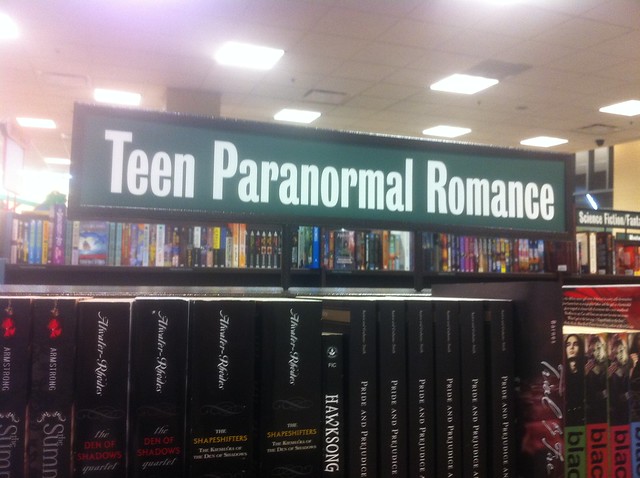
To put it more specifically, to be a lifelong reader is–for the most part–an explicit encouragement to be a consumer. Flying through one book with the need to finish the series is an expensive proposition. And with limited library hours and fewer library options for students particularly at my school (did I mention our school currently doesn’t have a librarian?), this isn’t a very feasible option. Teachers I work closely with often personally finance student reading interests, but going to Barnes and Noble nearly every weekend to buy the novels and manga that will interest students isn’t a sustainable model (my checking account can attest to this).
Finally, how are YA authors being encouraged to make the leap to from young adult to adult texts? Where the serialized gimmick is helpful in certain genres, I’m concerned that it is now replacing other ways young people traditionally related to and came to appreciate books.
What happens to book reading when it is trivialized to little more than long, continuing soap operas?
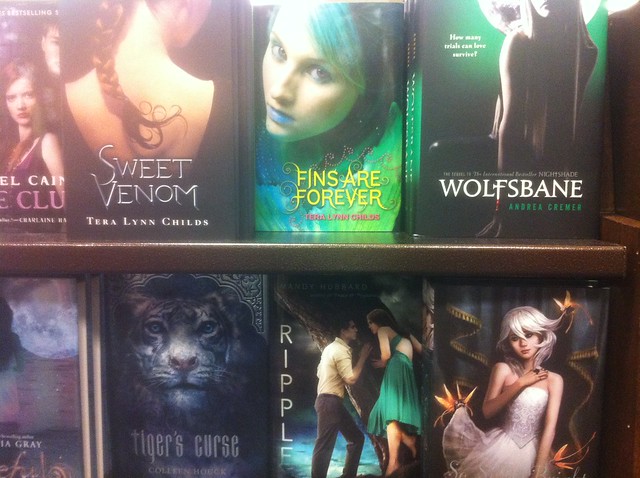
No, I’m not predicting any kind of death knell for the printed word or making a call for boycott or anything along those lines. I am however, worried that as a society we are not looking at the shifts in reading practices of young people and that, in turn, we are not looking at the shifts in capitalist practices of booksellers. Yes, kids like vampire series and post apocalyptic literature that goes on and on. But they like that, on the one hand, because they aren’t being offered many other alternatives. They are particularly not being offered many self-enclosed novels.
Ultimately yes, of course I hope all of my students are passionate “lifelong readers.” But I’m also hopeful that all of my students are offered the opportunity to choose the kinds of books they read. I am hopeful that they are not limited to series because series equal more money for publishers.
NOTE: In snapping some pictures at my local corporate bookseller for this post, I was reminded of just how white popular YA is. What happens when the racial and cultural experiences of my students are not expressed as popular literature?
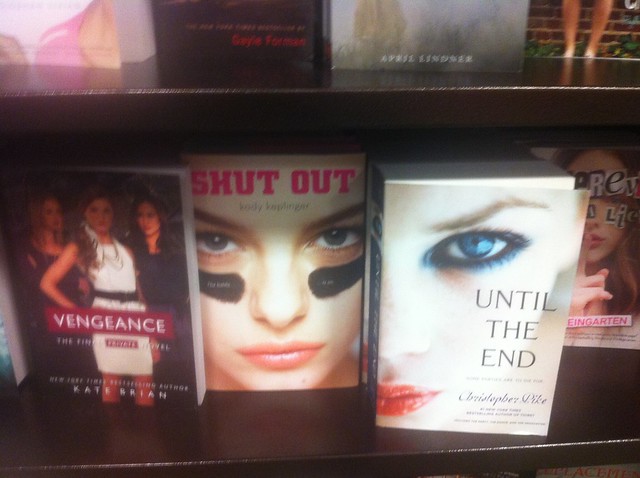
Tell people this is awesome:
